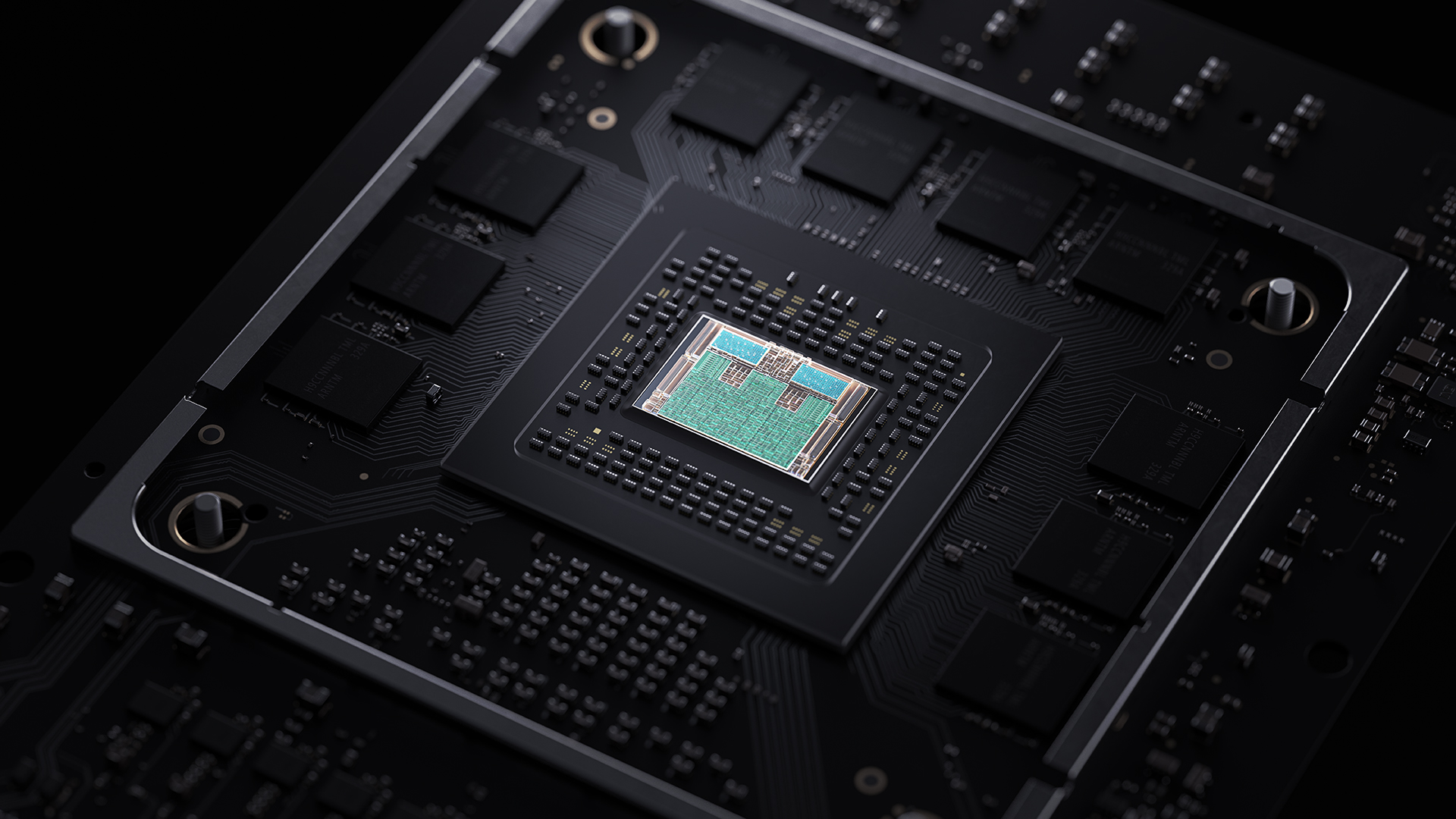Dominik_Baresi
L14: Freak
sehr sehr geil was Microsoft da wieder auf die Beine stellt, bin mit der One X schon sehr zufrieden, Series X is natürlich vorbestellt 

Im folgenden Video siehst du, wie du consolewars als Web-App auf dem Startbildschirm deines Smartphones installieren kannst.
Hinweis: This feature may not be available in some browsers.


There were a pair of Series X systems running all day long side by side at the test site. The air from the top was certainly warm but the machines didn't feel overly hot or anything. They're also insanely quiet.


 www.xboxdynasty.de
www.xboxdynasty.de


Das Ding wird direkt gekauft.
Danke für die interne Speichererweiterung:

Häh?Soviel zum Thema dynamische Auflösungen und 30fps
Variabe Rate Shading == die Auflösung des Pixelshaders kann in einem Bild variieren von 1x1 bis 4x4. Das ist besonders sinnvoll, wenn in einem Frame Inhalte mit niedriger Frequenz sind, z.B. der Himmel und die Wolken in einem Rennspiel. Das muss ja nicht pixelgenau gerendert werden.Ich weiss ehrlich gesagt nicht wirklich wie das VRS funktioniert. Aber bei target 4k60fps heisst das für mich eigentlich natives 4k. Will es zumindest hoffen.
Das bedeutet, dass nur einzelne Bereiche runtergerechnet werden, wo es eh nicht auffällt?? Das wäre mir egal. Mir gehts eher darum, dass das Gesamtbild nicht auf einmal an Schärfe bzw Details verliert, weil die gesamte Auflösung runtergeht.Variabe Rate Shading == die Auflösung des Pixelshaders kann in einem Bild variieren von 1x1 bis 4x4. Das ist besonders sinnvoll, wenn in einem Frame Inhalte mit niedriger Frequenz sind, z.B. der Himmel und die Wolken in einem Rennspiel. Das muss ja nicht pixelgenau gerendert werden.
Natives 4k im gesamten Spiel ist wenig sinnvoll um GPU-Ressourcen maximal auszunutzen. Das würde ja bedeuten, dass die GPU-Last am anspruchvollsten Frame ausgerichtet wird und dann in anderen weniger fordernden Frames geringer ist. Aber wozu dann eine 12 TFlop GPU verbauen, wenn die meist nur auf 60% Last läuft? Mit dynamischer Auflösung kann das so gesteuert werden, dass die GPU die ganze Zeit fast auf voller Last läuft. Und das wollen wir ja eigentlich, oder?
Keine Ahnung was du gegen dynamische Auflösung hast.

 news.xbox.com
news.xbox.com
Ersteres ja.Das bedeutet, dass nur einzelne Bereiche runtergerechnet werden, wo es eh nicht auffällt?? Das wäre mir egal. Mir gehts eher darum, dass das Gesamtbild nicht auf einmal an Schärfe bzw Details verliert, weil die gesamte Auflösung runtergeht.
As revealed in Digital Foundry's report, the Series X works on a system Microsoft calls the "Velocity Architecture", where the SSD and IO system works to provide Xbox Series X games additional benefits. Velocity Architecture allows game storage to become additional memory, while also saving CPU overhead and efficiency loading assets like textures. The important part is the console expects games to run off the Series X's custom 1 TB NVMe SSD.
Microsoft realizes that 1 TB might not be enough for the life of the system, so there's a proprietary slot on the back of the system for expandable storage. This slot uses custom-built NVMe SSD cartridges, that once inserted into the system work just like the speedy internal hard drive. The cartridge design also includes the necessary heatsink to protect the NVMe SSD drive from overheating. But this means you can't just plug in any hard drive, you need one from Microsoft.
The Xbox Series X still has support for external USB 3.2 hard drives, but that's related to Microsoft's promise that all Xbox One accessories will work on the new console. Series X owners can use external USB hard drives to store and run Xbox One and Xbox Backward Compatibility titles. You will be able to store Xbox Series X games on the drives, but you won't be able to run them without transferring the game to the internal NVMe hard drive or the custom slot drives. The 1TB expansion cards will apparently be swappable between different Xbox Series X systems, so you'll be able to copy your games over to the cards and take them to a friend's console.

